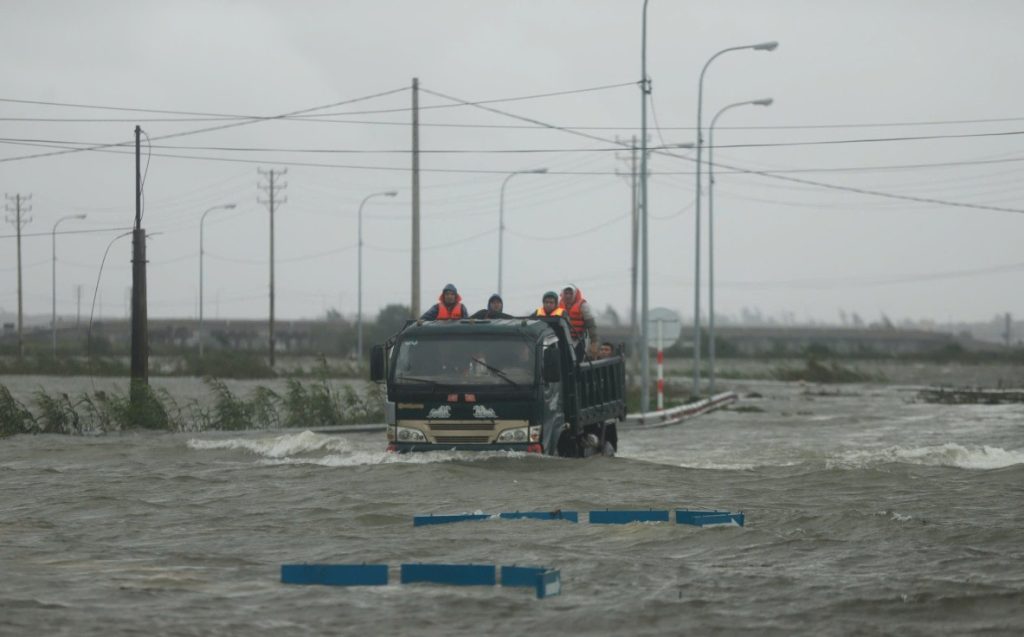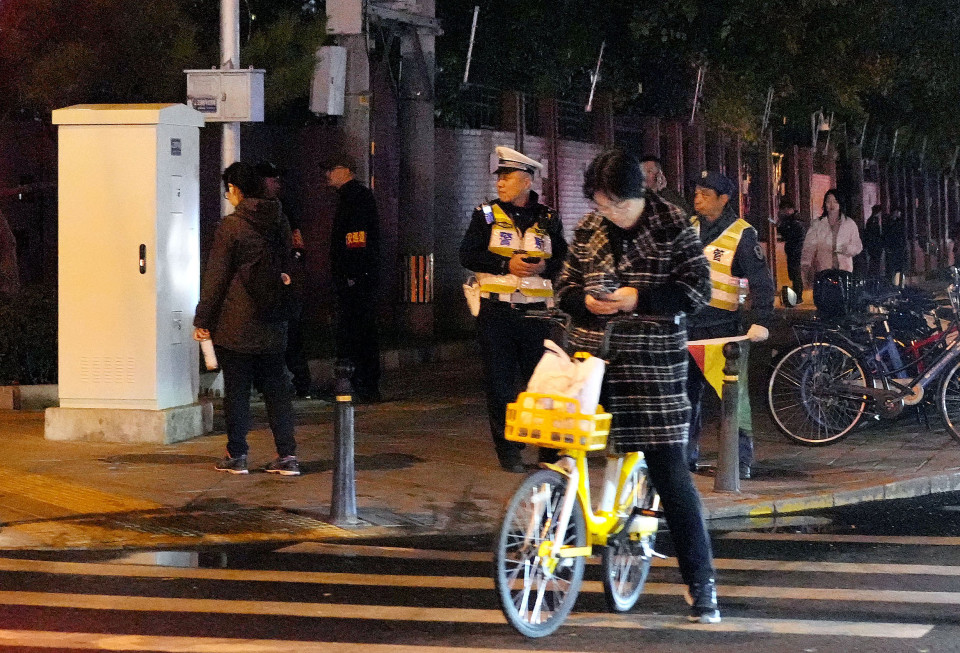In late October 2024, the Philippines faced a catastrophic natural disaster as Tropical Storm Trami, locally known as Kristine, unleashed relentless rain, leading to widespread flooding and devastating landslides across several regions. The impact was particularly severe in the Bicol Region, which reported significant casualties, including at least 126 individuals dead or missing, with local authorities fearing that the toll could rise as rescue operations continued.
The storm struck with unprecedented force, leaving over 380,000 people affected and thousands displaced. Communities in areas like Batangas and Albay were among the hardest hit, with reports of entire neighborhoods submerged under rising waters. The Philippine Coast Guard and various local agencies mobilized to conduct search and rescue operations, which were complicated by blocked roads and the destruction of key infrastructure. Many residents found themselves trapped on rooftops, awaiting rescue as the floodwaters rose alarmingly fast.
Evacuation efforts were met with challenges. A significant number of barangays, or villages, were reported to be inaccessible due to flooding, with more than 93 road sections rendered impassable. In the wake of the storm, the Philippine Coast Guard deployed teams equipped with rubber boats, while the Armed Forces of the Philippines set up disaster response units to assist affected communities. Reports indicated that a state of calamity was declared in 18 cities and municipalities, underscoring the severity of the situation.

The humanitarian crisis extended beyond immediate rescue efforts. Over 12,600 individuals sought refuge in evacuation centers as power outages affected many local government units across the impacted regions. Communication infrastructure also suffered, hampering coordination for relief efforts. The Philippine government, along with local and international agencies, faced an uphill battle in addressing the needs of the displaced populations, providing food, shelter, and medical assistance amid ongoing recovery operations.
In the weeks following the disaster, concerns mounted over potential outbreaks of disease in crowded evacuation centers, where sanitation and access to clean water were major issues. Local health authorities stressed the need for vigilance, urging residents to maintain hygiene practices to prevent the spread of infections. Meanwhile, recovery efforts were complicated by the ongoing threat of additional rainfall, as meteorological reports indicated that remnants of the storm could linger, potentially leading to more flooding and landslides.
The devastation wrought by Tropical Storm Trami serves as a stark reminder of the vulnerabilities faced by many communities in the Philippines, where tropical storms and natural disasters are frequent occurrences. As the nation grapples with the immediate aftermath of this disaster, the long-term impacts on infrastructure, housing, and livelihoods will require concerted efforts from government and humanitarian organizations.
Amidst the suffering and loss, stories of resilience emerged, as communities banded together to support one another during this crisis. Volunteers and local leaders worked tirelessly to provide assistance to those affected, showcasing the indomitable spirit of the Filipino people in the face of adversity. The road to recovery will be long, but the collective effort of individuals and organizations committed to rebuilding and restoring hope will be crucial as the Philippines navigates the challenges ahead.





